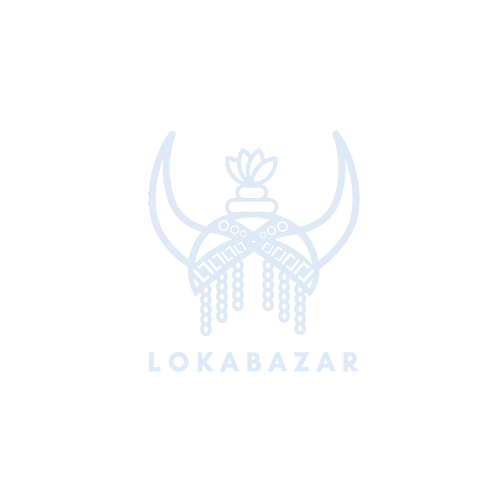Non-ferrous metal casting using the lost-wax casting method is Dhokra (also spelt Dokra). For over 4,000 years, this form of metal casting has been used in India and is still used. A dancing girl from Mohenjo-Daro is one of the earliest known lost wax artefacts. Due to primitive simplicity, enchanting folk motifs and forceful form, the product of dhokra artisans are in great demand in domestic and foreign markets. Dhokra horses, elephants, peacocks, owls, religious images, lamp caskets, measuring cups, etc.

The first task in the hollow casting process of lost wax consists of producing a clay core that is approximately the shape of the final cast image. Then, a layer of wax consisting of pure beeswax, Damara Orientalis tree resin, and nut oil covers the clay heart. In all of its finer design details and decorations, the wax is then moulded and carved. It is then coated with clay layers, which on the inside take the negative form of the wax, thereby becoming a mould for the metal that will be poured inside it. For wax, which melts away when the clay is baked, drain ducts are left. The molten metal then replaces the wax, often using brass scrap as the basic raw material. Between the heart and the inner surface of the mould, the liquid metal poured in hardens. The mould is packed with metal and takes the same form as the wax. It is then chipped off the outer layer of clay and the metal icon is polished and finished as desired.
Meet Our Artisans

